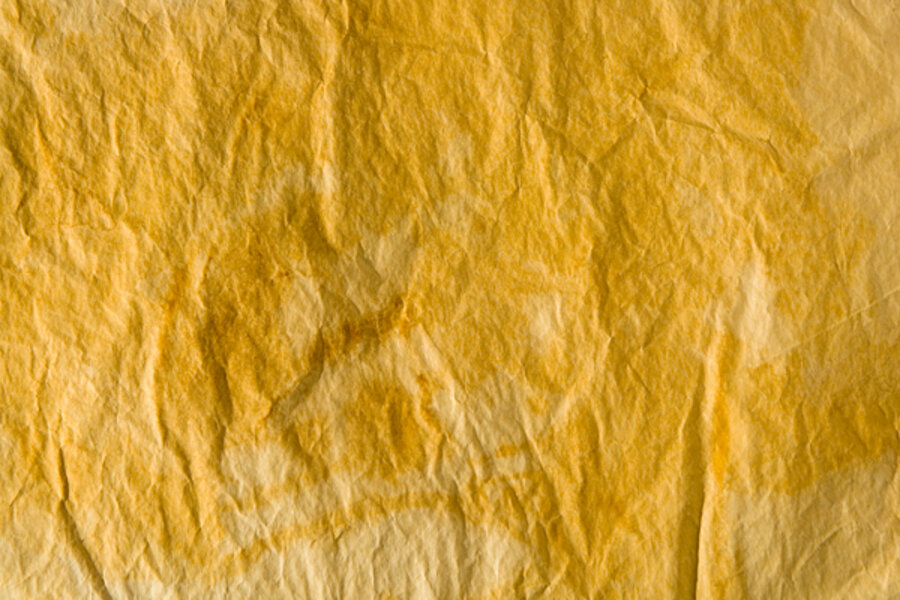New research explains the physics of wrinkles
Loading...
Wrinkles – on our clothes or skin – are ubiquitous in life, but perplexingly complicated in science. A new study of the physics of wrinkles helps iron out some of the uncertainty.
In particular, scientists have wondered how a wrinkly surface adapts when it meets up with a flat surface. To test this, a team of physicists placed a thin, wrinkly film of common plastic (polystyrene) on a flat surface of water, and watched how the wrinkles finally smoothed out.
"We realized something about how wrinkles end – you have an array of wrinkles, and they stop at some point – and the question is, how do wrinkles fade away at the edge, such as the top of a curtain, or the edge of a sheet?" said researcher Narayanan Menon, a physicist at the University of Massachusetts, Amherst.
In the experiments, the physicists compressed the plastic sheet in one direction to create the wrinkles in the first place. Then they allowed the sheet to adapt when placed on top of the flat water, where surface tension resisted filling in the wrinkles. (Surface tension results from the fact that liquid molecules at the surface of a body don't have similar molecules above to grasp onto, so instead they hold tight to their neighboring molecules, creating a thin film at the surface.)
The researchers discovered the wrinkles in the plastic slowly damped out by becoming smaller and smaller in a cascade that started in the center with the largest wrinkles and moved out to the edges with smaller and smaller wrinkles.
"There's a cascade from coarse wrinkles to very fine wrinkles, till you can almost not see them at all," Menon told LiveScience. "The unprecedented, unanticipated part of it is that it was a smooth cascade."
The same principle would apply to sagging skin, the researchers said, as the flesh underneath skin acts much like the water underneath the plastic film in the experiment with the wrinkles on top.
Wrinkle physics
To understand the wrinkling, the scientists had to take into account the physical forces at play. On the one hand, gravity weighs everything down, favoring shallow, frequent ripples that hug close to the ground. On the other hand, the rigidity of the plastic and the energy cost of bending the film favors longer, higher peaks in these folds.
Depending on the particular properties of a material, the wrinkles will find a balance between these forces and gradually peter out as they meet the edge, the researchers found. The wrinkles tend to transition from larger curved folds (like ocean swells) in the center to higher frequency, sharper ripples at the edge.
"These wrinkles become smaller and smaller, tinier and tinier, as they approach an edge," said researcher Benjamin Davidovitch, also of the University of Massachusetts, Amherst.
Even though the film in the experiment was a very, very thin sheet of plastic called nanofilm, the findings should apply to all manner of materials.
"We realized this is similar to macro things like wrinkles in curtains," Davidovitch said.
The research is detailed in the July 16 issue of the journal Physical Review Letters. The lead author on the paper is Jiangshui Huang, also of the University of Massachusetts, Amherst.





